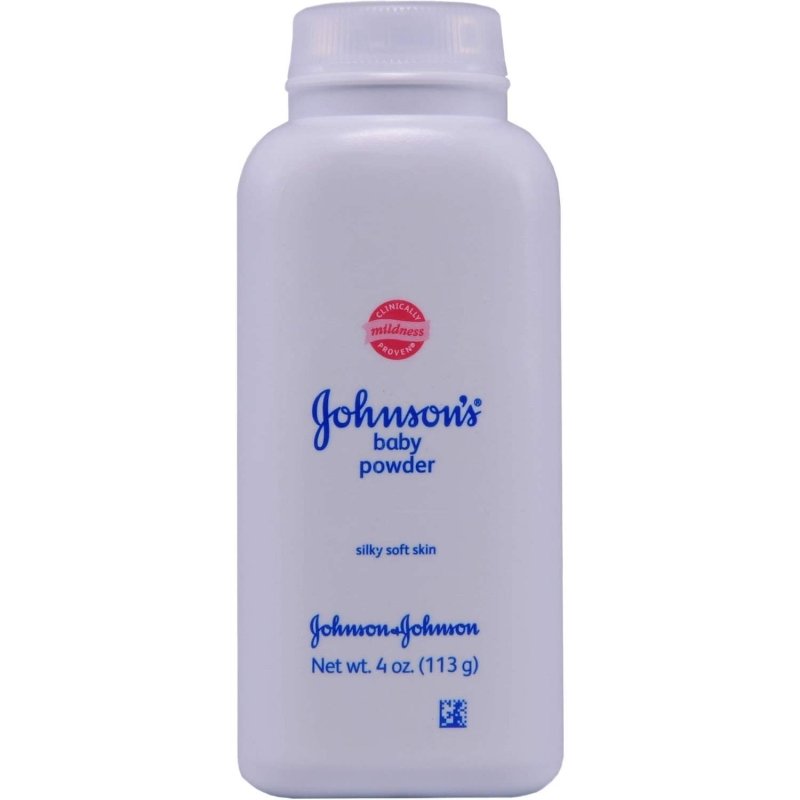Baby Powder: Linking Cause of Breathing Health Problem
Credit to Founder: Chaunie Brusie, RNMedically reviewed by Joel Forman, MD
Baby powder is made from the mineral talc or corn starch. There are no medically necessary uses for baby powder, but some parents use it on their infants and toddlers to keep babies' skin dry and rash-free. Research has shown that this practice may lead to breathing in fine powder particles, which make their way into the lungs and can lead to respiratory problems. Other research has tied talc use to certain types of cancer.1
Several studies have been done on the possible health effects of talcum powder and baby powder use over the years. There are two possible associations that parents should know more about. The two are Respiratory Issues and Cancer Concerns.
Respiratory Issues
The American Academy of Pediatrics reports that the talc or cornstarch in baby powder can be particularly harmful to babies because they can breathe in the tiny particles in the powder, damaging their lungs. As a parent changing upwards of 10 diapers a day, you could also be at risk for wheezing, coughing, and shallow breathing, or even chronic lung irritation.2
Both the Centers for Disease Control and Prevention (CDC) and the Occupational Safety and Health Administration (OSHA) maintain that inhalation of talc might be harmful to the lungs. More sensitive individuals may also develop symptoms of asthma or pneumonia due to continued and abundant use, although your usage would probably have to be in excess of what is typical in the course of diapering a child.3
Cancer Concerns
While there has been some evidence of a connection between talc and cancer, it's still unclear whether there's a direct link.
The most-often cited risk surrounding the use of talc powder is a concern that it may make its way into a woman's reproductive tract. For example, there have been reports of talc found in ovarian tumors in women who reported daily use of baby powder daily in their genital area. With these recent Johnson & Johnson (J&J) lawsuits arising around the issue of women and their continued use of baby powder on themselves and their babies could be related to their developed cancer diagnosis because of the "talc" ingredient being found in the ovarian tumors.
From the Join the Many Talc Lawsuits Website, it states the majority of recent cases have been awarded to woman who filed "alleging a link between ovarian cancer and the use of talc powder for feminine hygiene." J&J is facing ongoing lawsuits from consumers around the country. Thousands of lawsuits have also been filed against J&J alleging that their talc caused mesothelioma. According to the article research, “J&J knew for decades that small amounts of asbestos had occasionally been found in its raw talc and in Baby Powder and Shower to Shower, based on test results from the early 1970s to the early 2000s – information it did not disclose to regulators or the public."
Using Baby Powder Safely
Again, there is no definitive need to use baby powder, even though it may have been a diaper station stable for years. If you choose to, however, you might want to consider using extra caution, especially with girls, as the powder may travel up through the vagina. Limiting the amount used and frequency may also be wise.
To prevent your baby from breathing in the baby powder, apply the baby powder to your hand first, away from your eyes, nose, and baby, then pat the powder onto the legs and the skin around (not directly on) the genitals. Be sure to never shake the baby powder onto your baby directly, and always keep baby powder out of reach of children.
References:
- Baby Care Basics
- Pairaudeau PW, Wilson RG, Hall MA, Milne M. Inhalation of baby powder: an unappreciated hazard. BMJ. 1991;302(6786):1200-1. doi:10.1136/bmj.302.6786.1200
- American Academy of Pediatrics. Making baby's room safe. Healthychildren.org. 2015.
- Van huisstede A, Noordhoek hegt V, Otte-holler I, Looijen-salamon M, Rudolphus A. Talcosis due to abundant use of cosmetic talcum powder. Eur Respir Rev. 2010;19(116):165-8. doi:10.1183/09059180.00001310
- Gertig DM, Hunter DJ, Cramer DW, et al. Prospective study of talc use and ovarian cancer. J Natl Cancer Inst. 2000;92(3):249-52. doi:10.1093/jnci/92.3.249
- Carbon Black, Titanium Dioxide, and Talc. Lyon, France: International Agency for Research
- Talc Lawsuit - Join the Many

